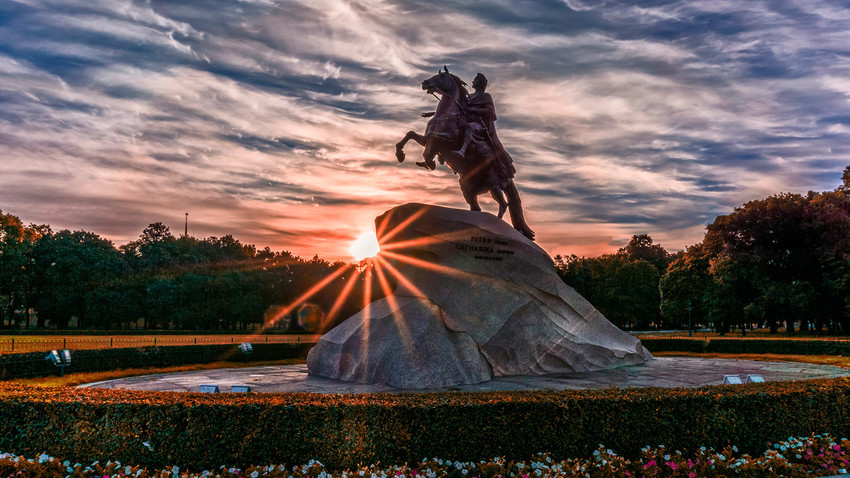26 years ago: Leningrad renamed original title

The cultural legacy of the former Imperial capital has a deep impact today.
Boyce Fitzgerald/PixabaySt. Petersburg was founded on May 27, 1703 by Russian Emperor Peter I as a serious stronghold. The city received its name in honor of St. Peter. In 1712-1728 and 1732-1918 it was the capital of Russia.
In 1914, the city changed its name to Petrograd. In 1924, immediately after the death of Vladimir Lenin, the city was renamed to Leningrad. Finally, on Sept. 6, 1991 Leningrad got its historical name back – St. Petersburg. The original names of many streets, squares, and monuments were also restored. But the Leningrad region still keeps its Soviet name.
Impressive palaces, cathedrals, beautiful bridges over numerous canals, wide streets: all this infuse St. Petersburg with a special charm and makes it a popular tourist destination.
Read more: 5 reasons why you must see St. Petersburg’s most extraordinary bridge
If using any of Russia Beyond's content, partly or in full, always provide an active hyperlink to the original material.
Subscribe
to our newsletter!
Get the week's best stories straight to your inbox